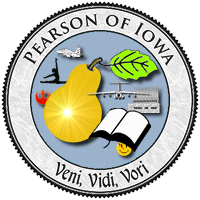- What do we know about the needs, wants, and preferences of our members and/or stakeholders that is relevant to this issue?
- What do we know about the evolving external context that is relevant to this issue, and how that might impact planning?
- What do we know about the strategic capacity (and position) of our organization that is relevant to this issue?
- What are the ethical implications of our choices?
- Then there is a fifth question: What do we wish we knew, but don’t?
These questions are designed to move an organization from “information and data” to “knowledge.” They are quite effective in moving Boards from operations to strategy as well. The issue then becomes, what to do with what you know in terms of action? And further, what do we do when there are 20 good ideas on the table, but we can really do only two or three of them?

